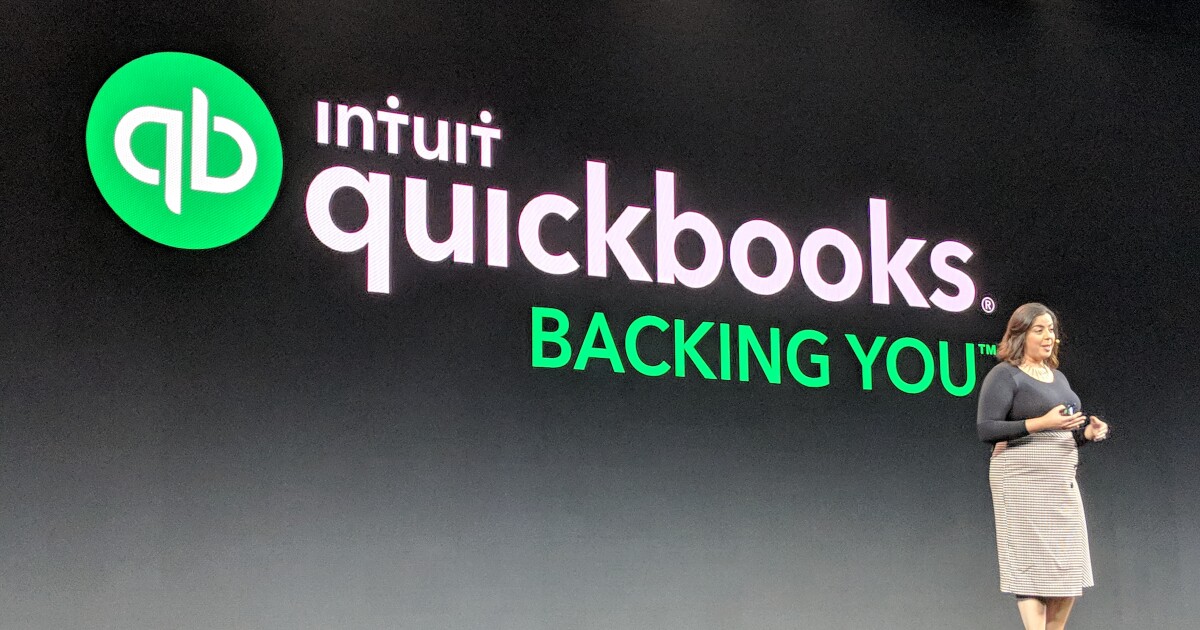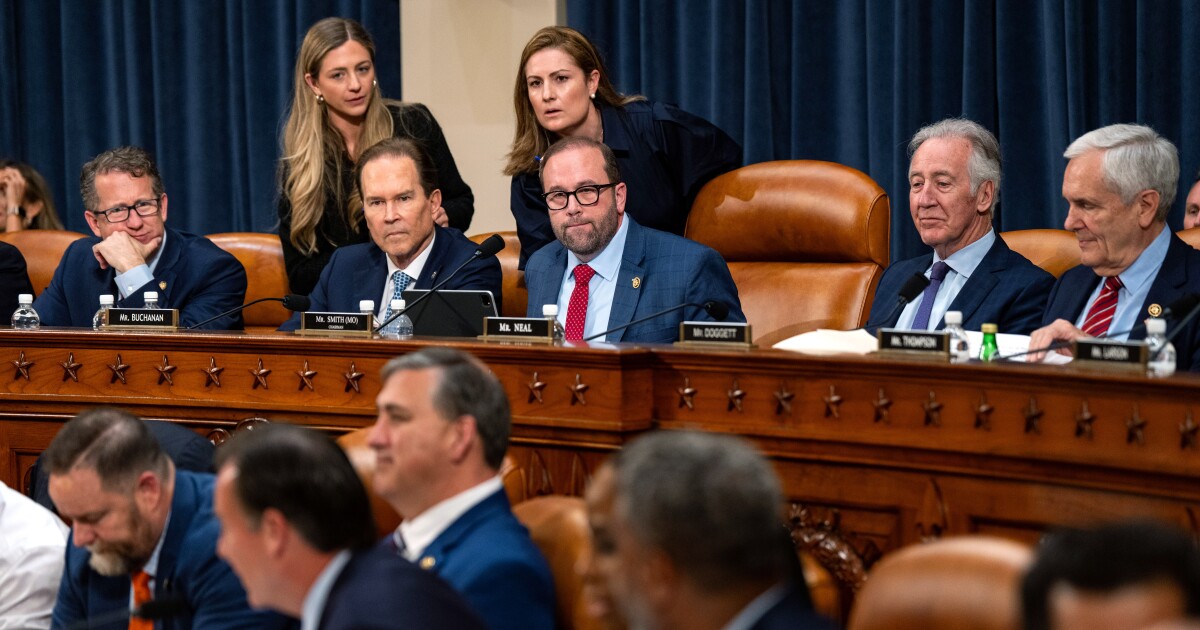If artificial intelligence is eroding the base for the analytics-based transactional advisory work (see our feature story), what’s left? Where are the long-term, relationship-driven client-centric advisory services that call for holistic judgment take account of human psychology and emotion?
Fortunately for accountants, there are a lot to choose from, including the four we’re examining: forensic accounting, valuation services, M&A advisory and estate planning. These are just some of the areas that are seen as relatively safe from disruption by AI and automation — at least for now.
Forensic accounting, which often involves analyzing huge amounts of financial data and finding the story behind the numbers, might seem at first a natural fit for AI disruption. But look a little closer at what forensic accountants actually do, and it becomes clear that this is only part of story, because while data remains vital to their work, it’s useless without the human element, according to David Zweighaft, a partner with RSZ Forensic Associates, a New York City-based forensic accounting and litigation consulting firm.
“The ability to explain the nature of a fraud scheme and how it was detected and who was running it and why they did it is something that probably will not be comprehended by AI anytime soon. We’re tasked with answering questions and, at the end of the day, parties also like to know [the why behind the answer],” he said.
This is not to say that forensic accounting professionals do not use AI. Machine learning-driven models play a vital role in sorting through all the data and picking out possible red flags. Zweighaft said that forensic accountants have long used AI models, sometimes bespoke to the client, to contextualize a dataset so as to more easily spot anomalies and understand the financial damages they could represent. Still, he said it can be a “chicken and the egg” scenario, because those models still need to be validated one way or another.
(See our feature story, “Staying ahead of AI.”)
“You can use AI to build and run the model, and then you have to validate it yourself or you can sweat out the model and then validate it using AI,which I think is very cool. It gives you a lot of latitude in how you want to take advantage of it, and at the end of the day, it’s really up to the practitioner to determine what he or she feels is the most prudent way to approach it,” he said.
Still, once such models are prepared and validated, they can produce insights that even human professionals might miss. Zweighaft talked about an older case where someone was booking flights first on Delta and then would “dummy up” a second airline voucher for American Airlines. This was before AI analysis was in heavy use, so it was human investigators who eventually realized this person was putting the same ticket number on both documents, which eventually exposed him. Zweighaft said that feeding the flight data into an AI might produce the same sort of finding but faster.
“Given the same set of circumstances, you could probably feed this into AI and AI would be able to pick these out just with a great deal of precision: ‘This is not a Delta flight number. This flight never occurred.’ [It] could look at the airline flight guides and come up with all of this information far more quickly. So that’s a potential timesaver and that’s something that a human being might miss,” he said.
Like many practitioners, forensic accountants also use AI for data entry and processing, which before were time-consuming and frustrating, as well as “document interrogation” and analysis.
“Back in the old days, you used to get stacks and stacks of paper that you had to scan. Now you get reams of PDFs and you have to convert those into machine-readable format. So whether they’re bank or brokerage statements or other structured data sets, doing that used to be very time-consuming and tedious; now you can do multiple terabytes that can be done overnight. It really is amazing,” he said.
This plays into his larger view of AI as, at best, a “benign tool” that assists forensic accountants with research and data analytics in various parts of the workflow, versus something that could conceivably automate the entire engagement. This is because, while AI is great at handling the data-related aspects of a forensic engagement, it can’t yet handle tasks that rely more on human interaction — such as interrogation.
“[I’ll] ask ‘So that’s your signature on this document. Would you like to explain that?’ And the physical manifestation of the confession moment is when the person contracts, they hunch down, they take a deep breath. They exhale and they’ll say something like, ‘I was only doing it to keep the company afloat, the medical bills were crushing us and I needed the money, I intended to pay it back.’ You’re not going to get that from someone being interviewed or questioned by a HAL 9000,” he said.
(Read more: “AI in advisory: What work is at risk?“)
With this in mind, he is confident that what forensic accountants do won’t be replaced by AI, at least in the immediate future. There are just too many squishy human elements that don’t necessarily conform to a cold data analysis. He concedes that maybe one day in the future there could be AIs doing full financial forensics, but he is not sure whether this would be a good thing.
“What we do as forensic accountants is never going to be replaced. AI will augment, it will support what we do, [but] I don’t know that skepticism can be programmed. And that is going to always be a differentiator when we’re looking at when we’re doing in-person interviews. [For instance], they’ve done great work with detection of dishonesty using video. Is it perfect? I don’t know. Is it going to take the place of me doing admission-seeking interviews? I don’t know. It’s scary to think that you can take the human element out of investigations, but remains to be seen,” he said.
(See how AI is impacting firm services in valuation, estate planning, and M&A.)


 Economics1 week ago
Economics1 week ago
 Personal Finance5 days ago
Personal Finance5 days ago
 Personal Finance7 days ago
Personal Finance7 days ago
 Personal Finance5 days ago
Personal Finance5 days ago
 Economics6 days ago
Economics6 days ago
 Economics6 days ago
Economics6 days ago
 Economics6 days ago
Economics6 days ago
 Finance4 days ago
Finance4 days ago











